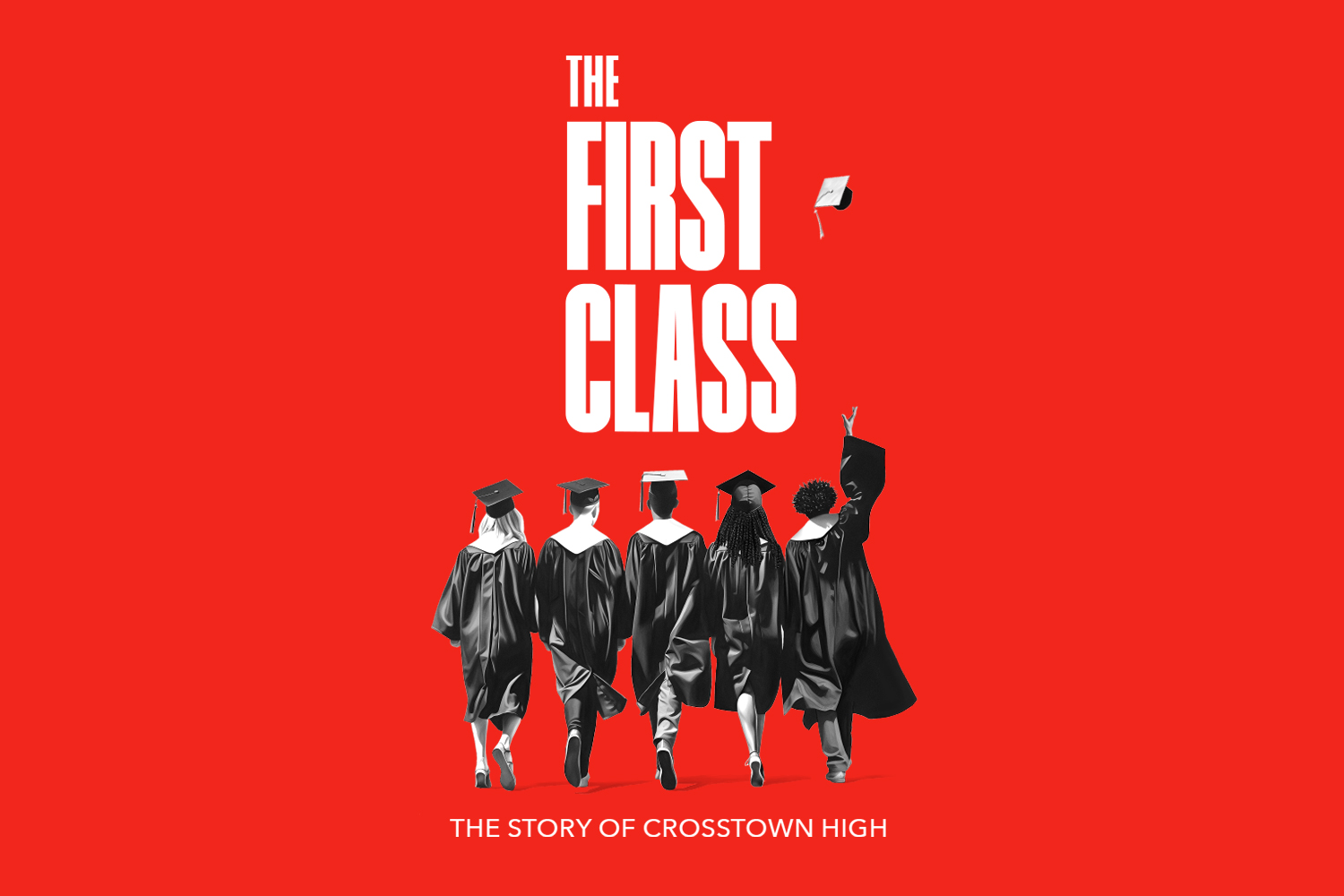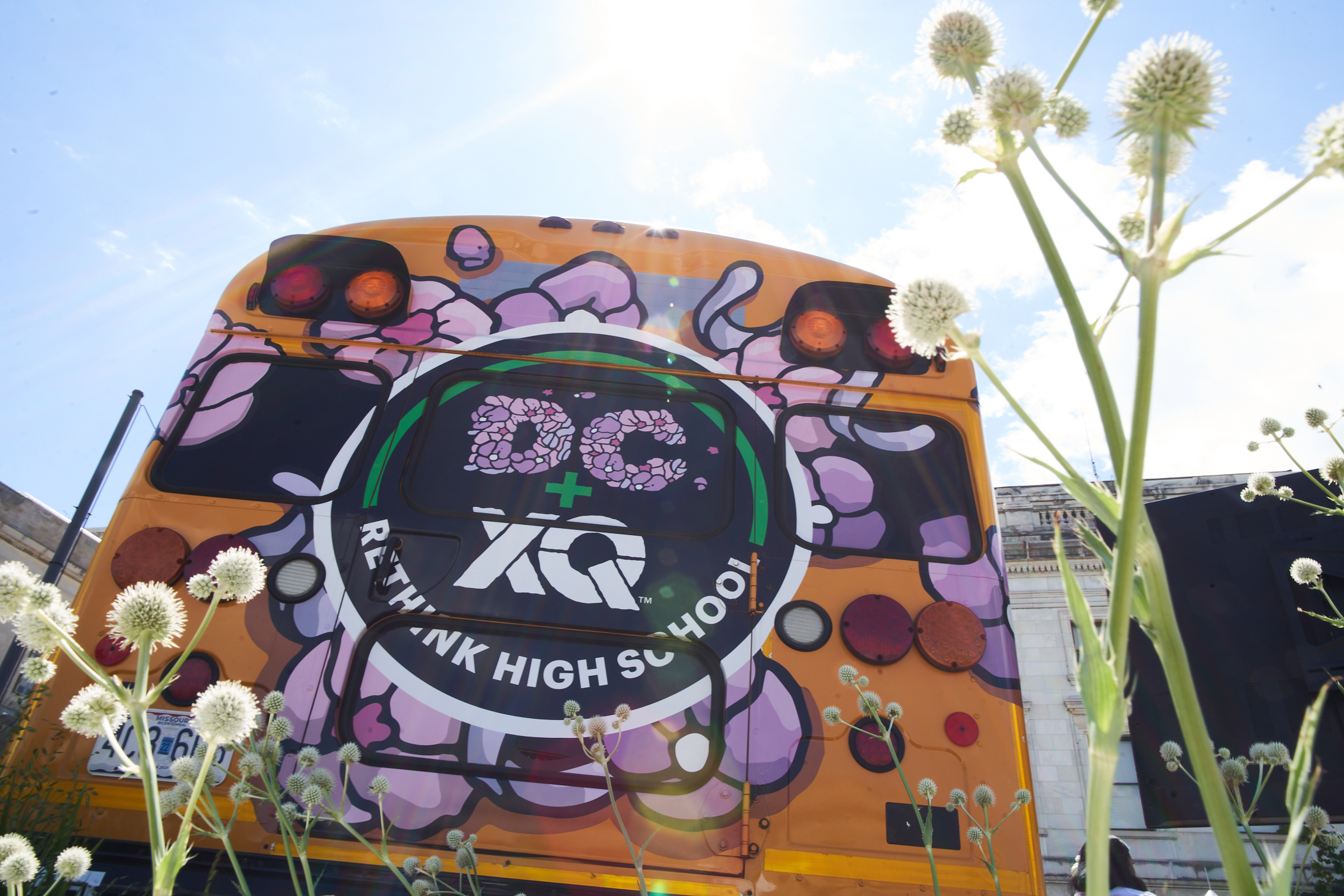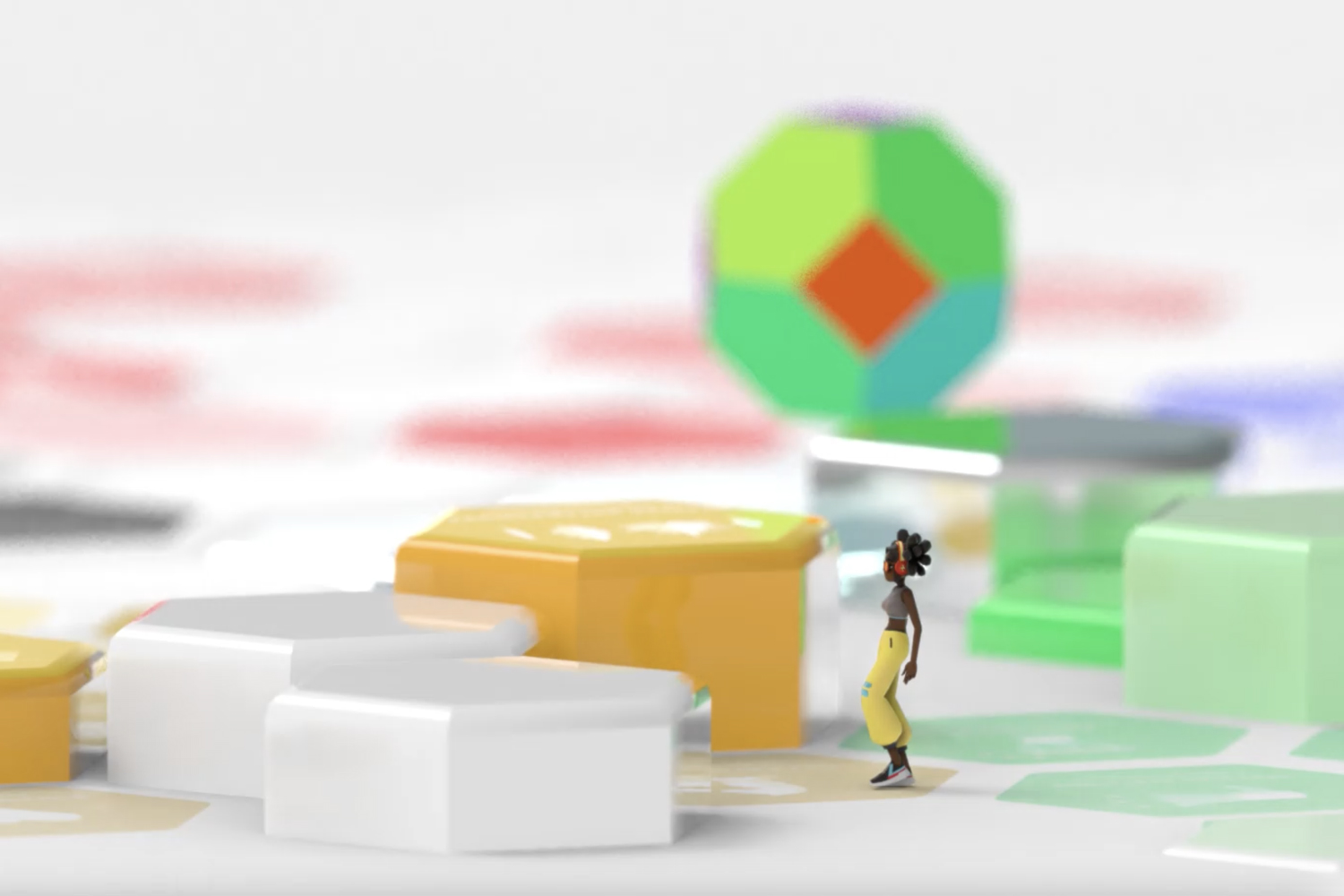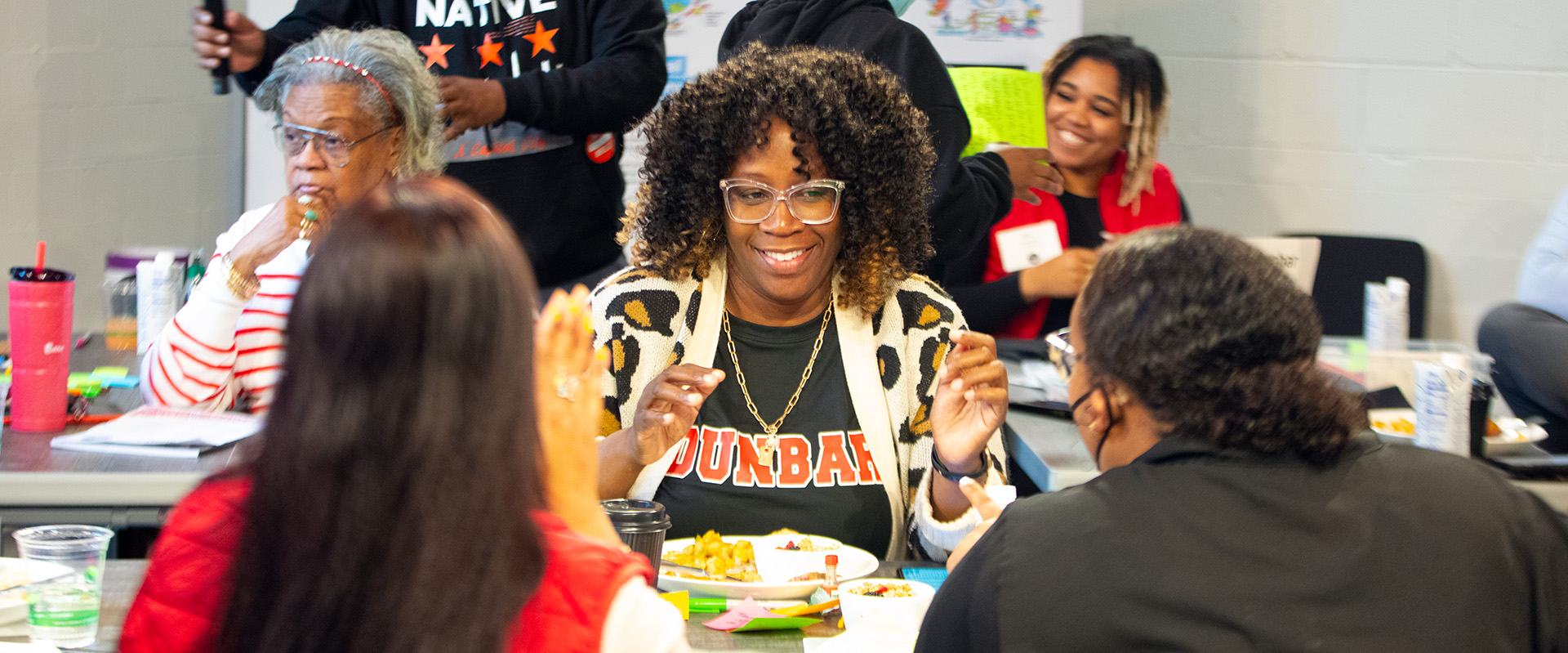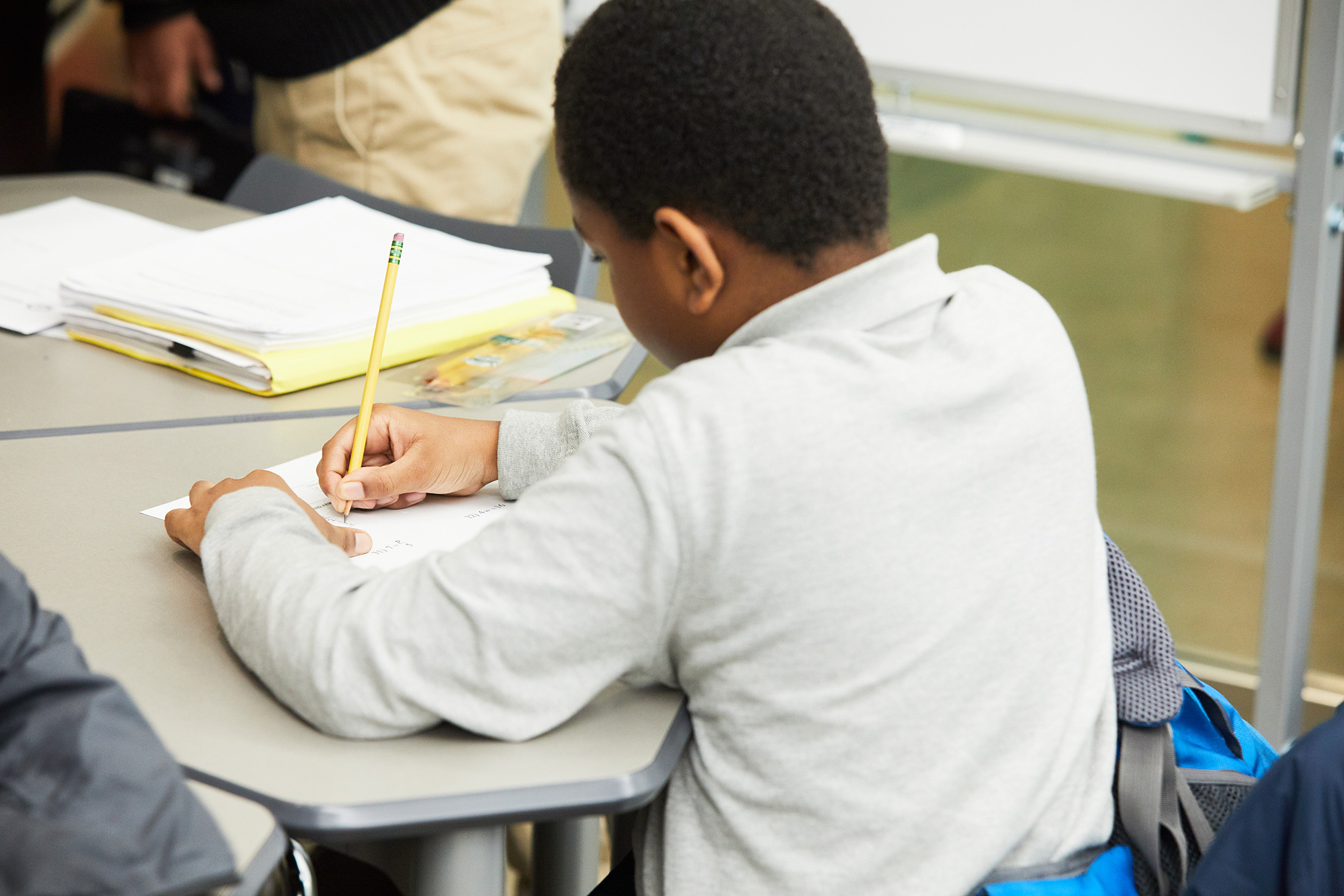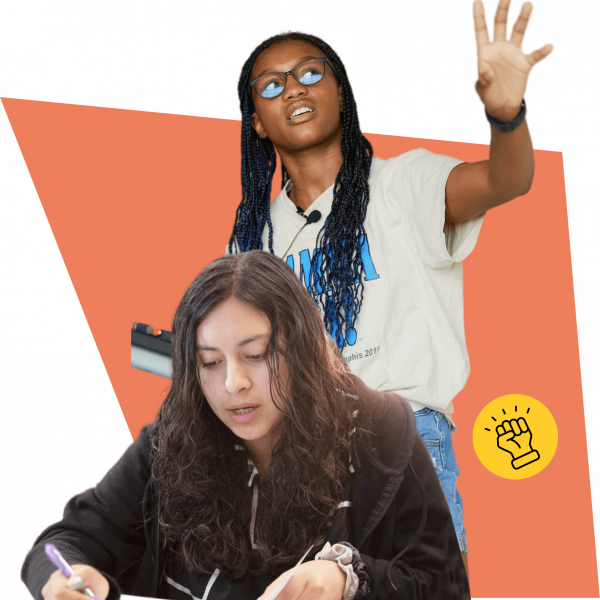School Board Governance Best Practices
Learn how school boards can transform education in their communities by incorporating governance best practices that propel students to success.
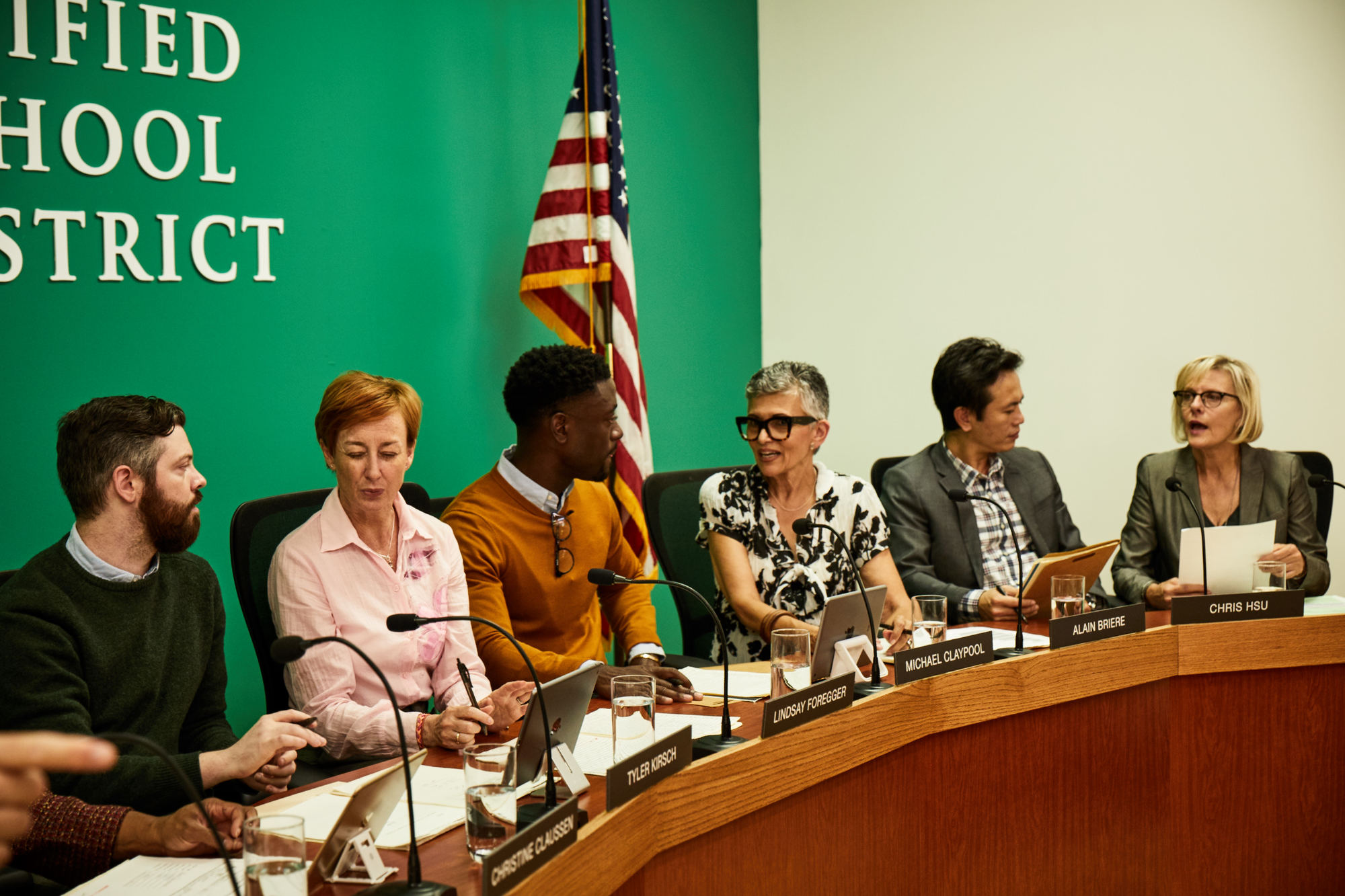
Learn how school boards can transform education in their communities by incorporating governance best practices that propel students to success.
Education often ranks among the top issues at election time. Have you decided it’s time to step up and serve on the board? Congratulations! The school board ensures that schools within a district respond to the priorities, beliefs, and values of their communities. It creates policies and enacts legislation designed to reach specific goals, from academic achievement to attendance and special programs.
The core responsibilities of a local board of education include the following:
- Ensure accountability
- Provide support to the students, teachers, and administration
- Advocate for students and schools
- Create and revise the school district’s goals, mission statements and policies
- Hire the superintendent
School board members must work together as a governance team to serve the needs of students in the community. If you want to become active in your community, read our step-by-step guide, How to Run for School Board.
Characteristics of an Effective School Board Governance Model
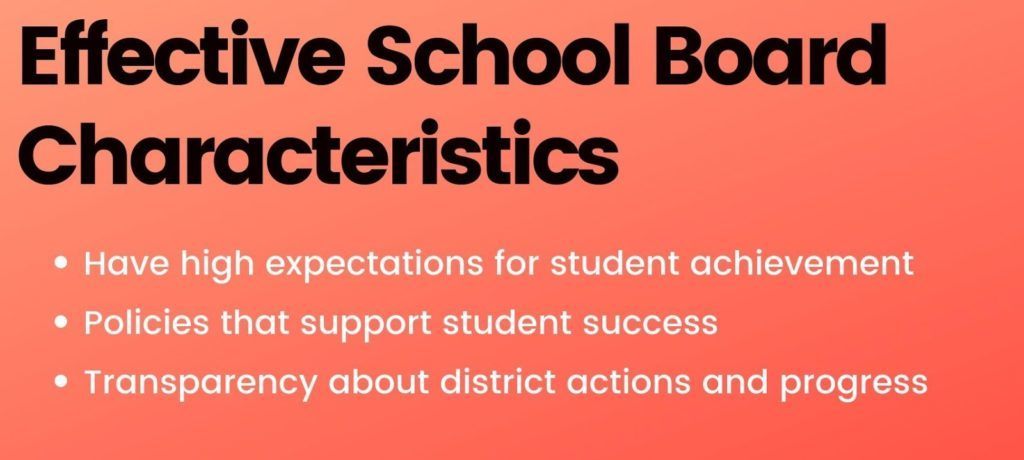
School boards focused on meeting high standards and moving forward share many of the same traits:
- Share a strong vision and clearly define goals for their school district
- Keep the community informed about their actions, as well as the school district’s challenges and progress
- Monitor the fiscal health of the schools within their purview
- Focus policies on student achievement
- Implement policies that support student success
- Devote resources for professional development
- Advocate at the national, state, and local levels for strong public schools.
A school board’s responsibilities affect virtually every aspect of the district. As a result, duties are varied and far reaching.
Updating the Technology Plan
Technology is an integral part of everyday life. As applications, platforms, and devices increase, new tools also become available. School boards cannot overlook the importance of providing technological learning opportunities to their students.
Today’s technology plan looks very different from the vision of 10 years ago. At its foundation, a technology plan should address how technology fits into the district’s teaching and learning goals.
The district’s data center is instrumental in storing, tracking, and safeguarding student records. Secure networks and services include back-up as well as cooling systems. Ongoing monitoring and audits confirm optimal performance and enable the discovery of potential issues before they become catastrophic problems.
In many cases, information technology is critical for school district funding. Federal and state resources may be tied to enrollment, programs for low-income students, and teacher experience. The federal Family Educational Rights and Privacy Act protects student privacy. A failure in this area could jeopardize school funding
Web development is a critical component for an effective, highly efficient technology department. Many school districts authorize schools to maintain and manage their own websites. Security and up-to-date technology can help schools interact more easily with students and the community, improving transparency.
Leading the Shift to Student-Centered Learning
Student-centered learning moves beyond the traditional classroom framework. The innovative approach discards the idea of winners and losers. Instead of a lecture format where the teacher speaks and students listen, the setting transforms into an atmosphere supporting interactive projects and focused thoughtful discussions.
Student-centered learning gives students the opportunity to decide two things: what they learn and how they learn it. This approach empowers students as leaders of their own learning. It also supports key skills like self-direction, curiosity, creativity, and collaboration.
In practice, student-centered learning looks like:
- Deep connection between curriculum and student interests
- Assessment as a tool to measure learning and help students grow
- Meaningful feedback platforms for students and families
- Learning plans tailored to individual students
- Flexibility and adaptability
Innovation in Education
Standardized test scores, graduation rates, and attendance are common measurements in the education system. However, they do not indicate how well each student is cultivating the skills and knowledge needed for later success in the workplace. There is no context for the content. Without an understanding of how to apply knowledge to a situation, learning is incomplete.
Mastery-based learning helps students to become confident learners. It incorporates challenging, multidimensional content that contributes to high performance. Metrics move from number-based scores to mastering defined competencies:
- Aptitudes
- Characteristics
- Knowledge
- Skills
- Traits
This approach to learning connects content and context to skills. It also requires a new system for assessing and measuring progress. By understanding their gaps and needs, teachers can decide together with students regarding the next step in the improvement of their education.
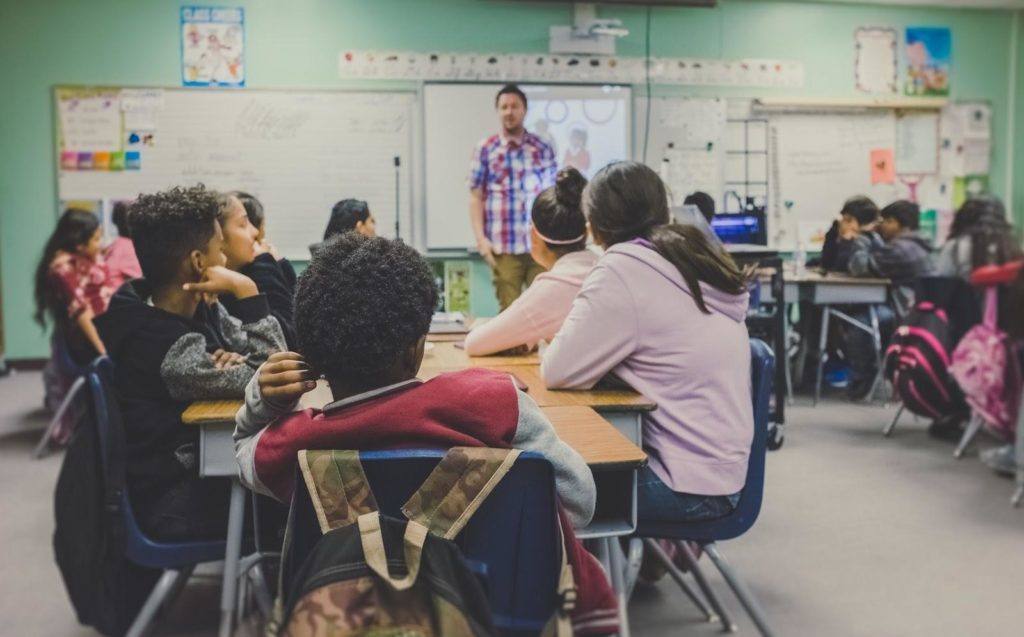
The Changing Role of Teachers
Teachers are traditionally the directors in the classroom. However, in student-centered learning, teachers commit to learning from and alongside their students. This cultivates a safe space where students feel encouraged to test their theories, take risks and direct their own learning. Teachers who understand their students can offer opportunities to draw on specific skills, choices, and interests. This allows students to transform facts into knowledge which can be applied to situations in the broader community.
Engaging activities and positive relationships with adults give students a sense of responsibility. When learners have a voice in setting their goals, motivation and achievement increases. Knowledge is most effective when students can relate the content to their lives outside of school. It is about internalizing and mastering subject matter so that it can be applied to new or unexpected situations.
A shared vision of what success means and looks like for students not only boosts confidence and the ability to thrive in a rapidly changing environment but also provides them a feeling of fulfillment.
Elevating Student-Centered Learning
Collaboration between students typically does not occur organically. Assigning group assignments often has less than satisfactory results if there is no guidance provided to help them get started.
Activities must be intentionally designed so students have a reason to collaborate. Complex activities that require positive interdependence are engaging, challenging and multilayered, often beginning with projects that require identifying a problem.
Students become motivated and develop confidence when they are taken seriously and their work has an impact. It is critical that students share intellectual space because it, promotes authentic collaboration. This helps them work effectively toward a common goal.
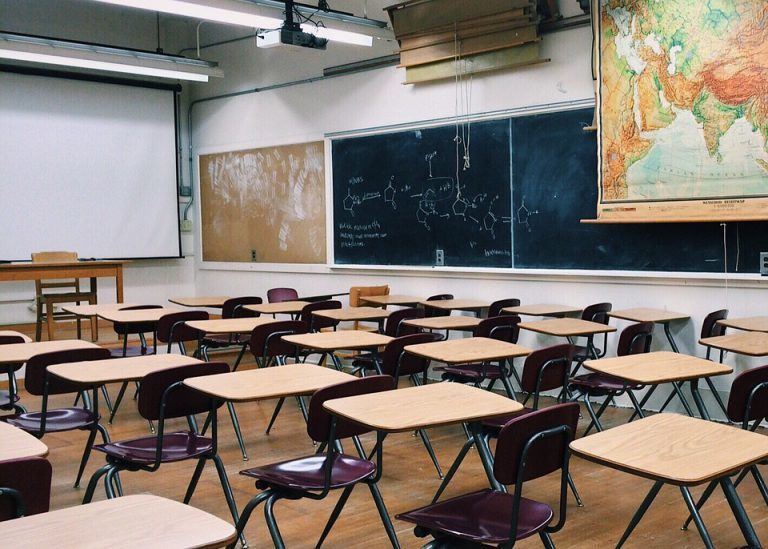
Help Transform Your School District
Active school boards have a deep commitment to advancing education in the community. They can help today’s students prepare to become tomorrow’s workforce by ensuring students have the skills and knowledge they need. Learn more about how to run for school board, and become an instrument for change in your community.

